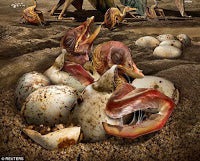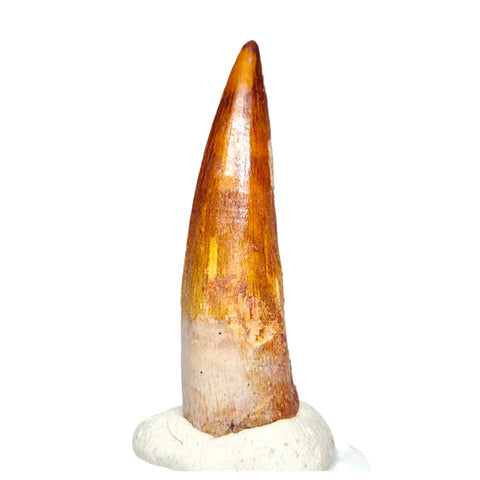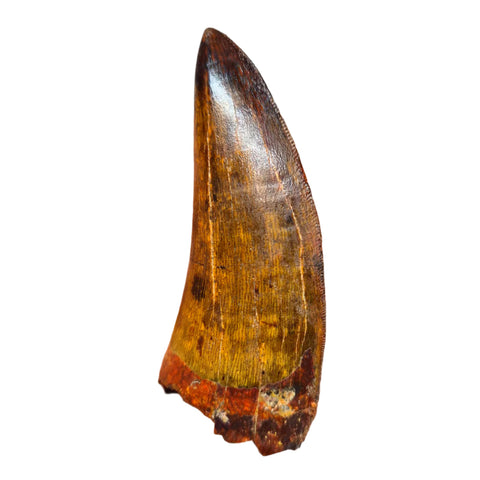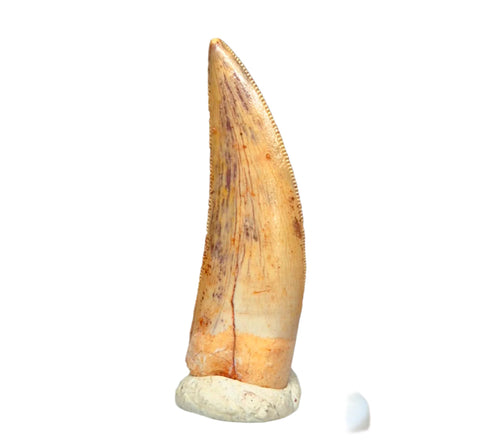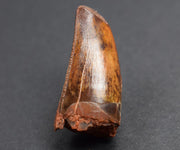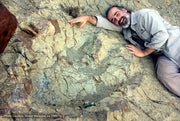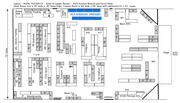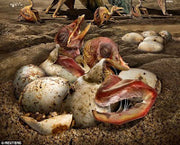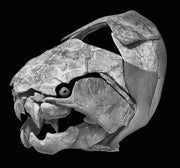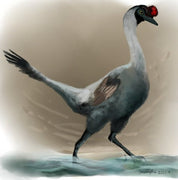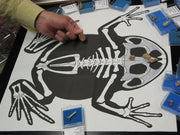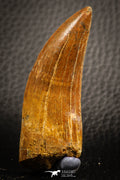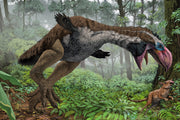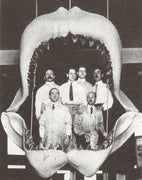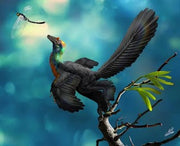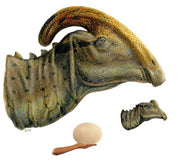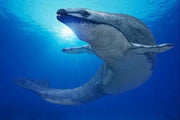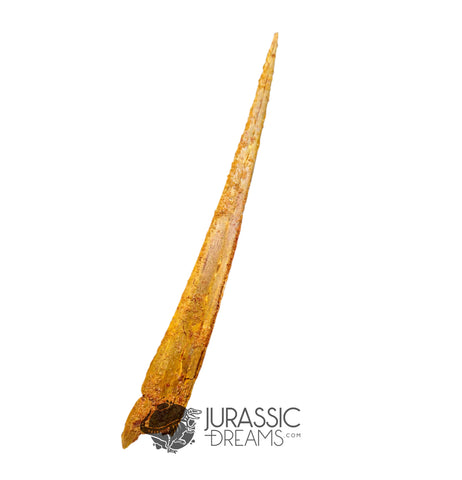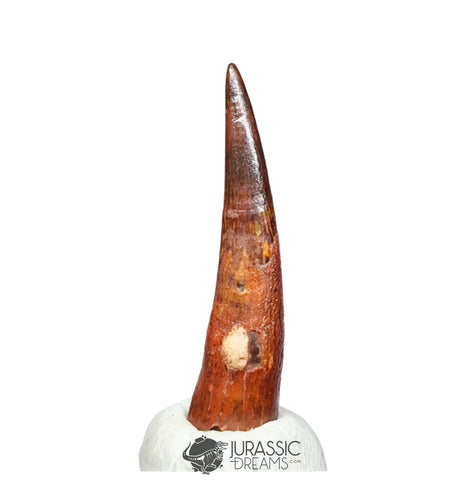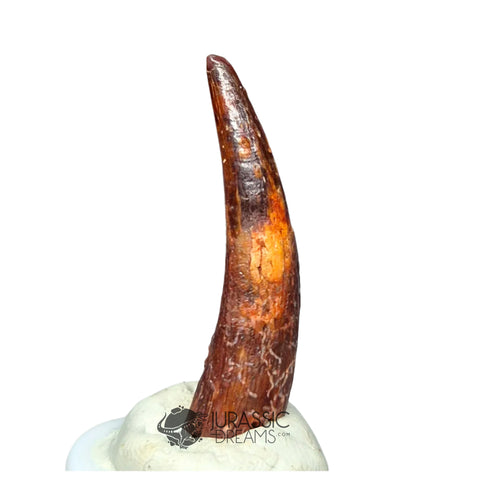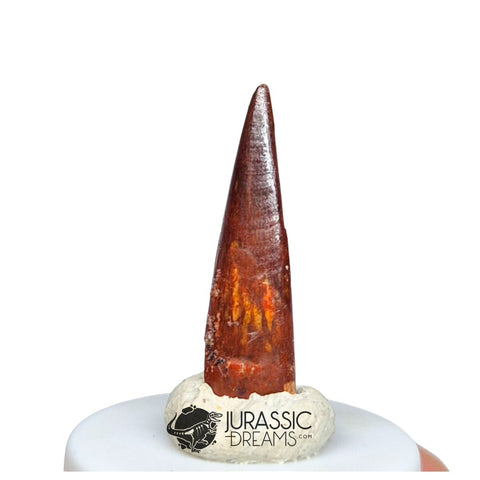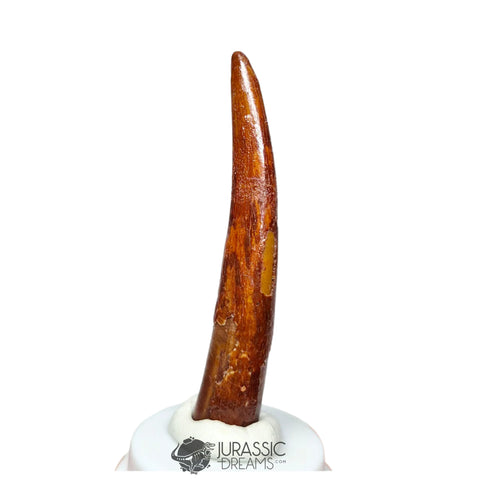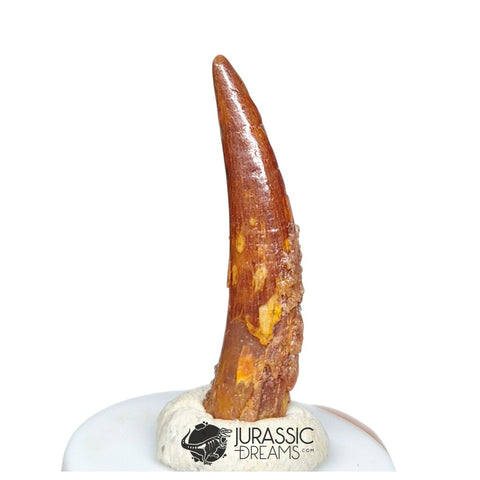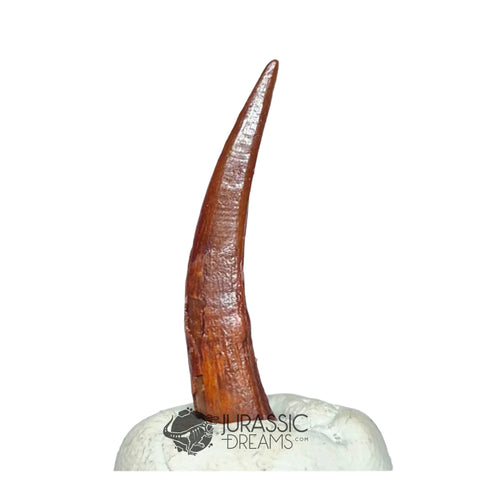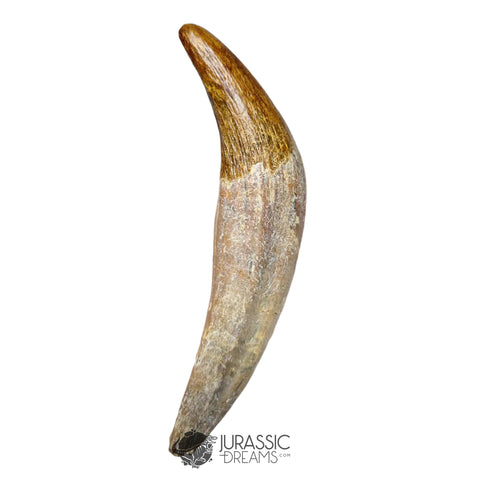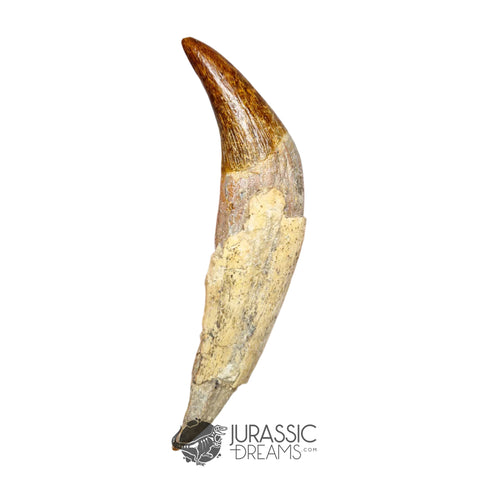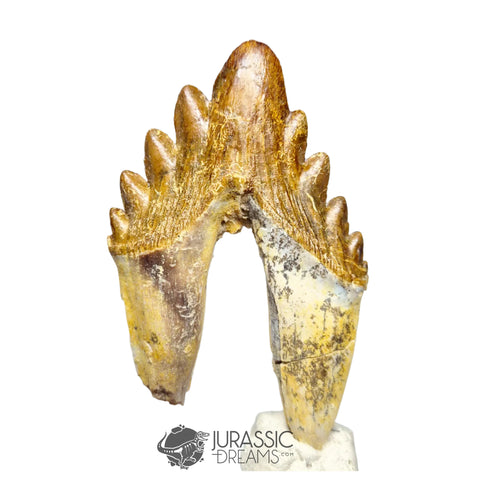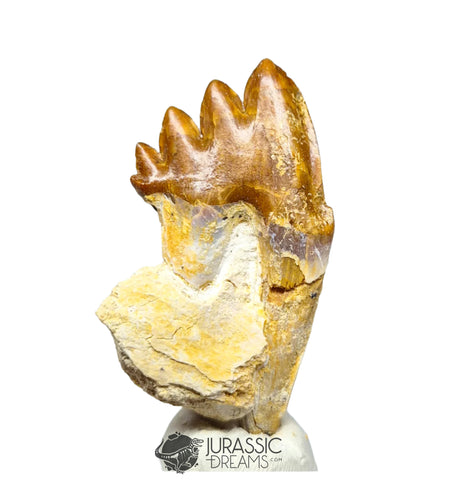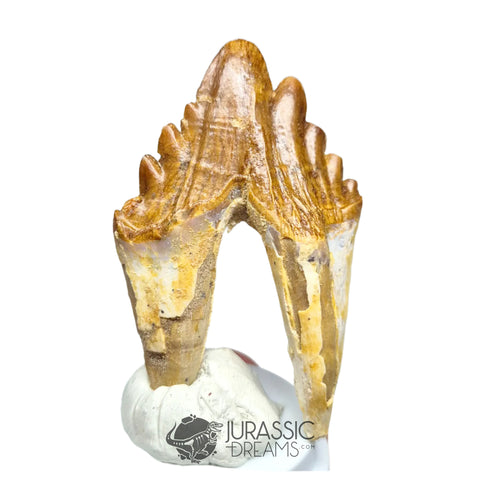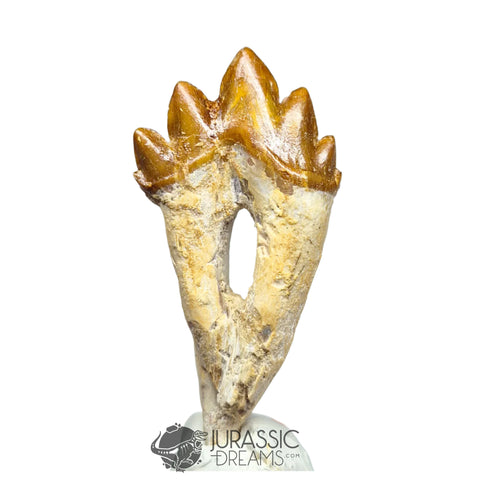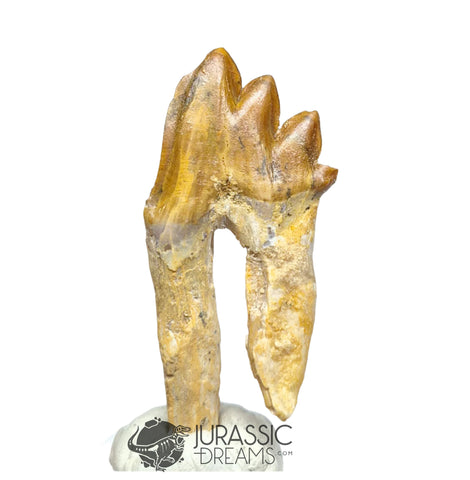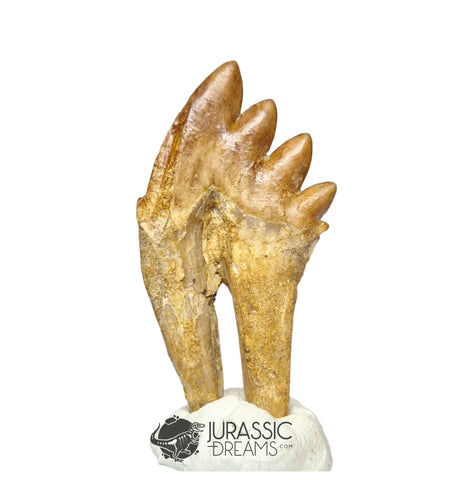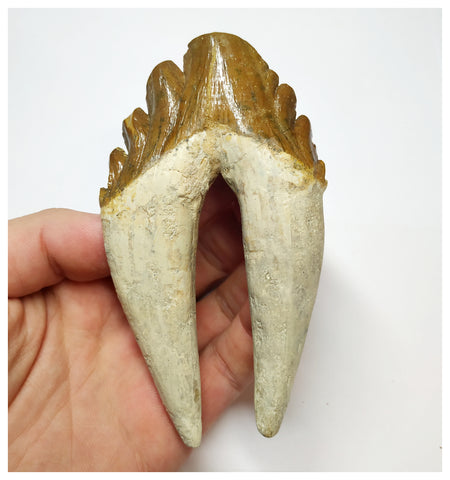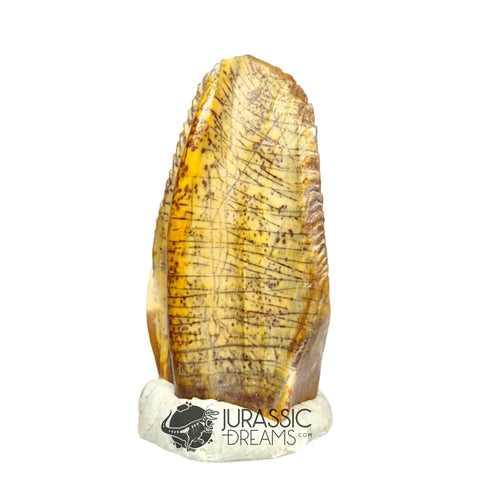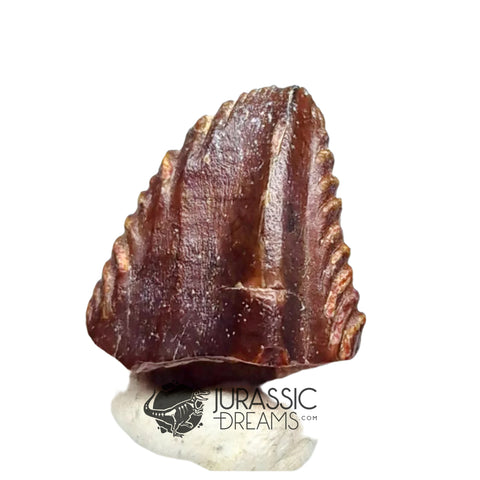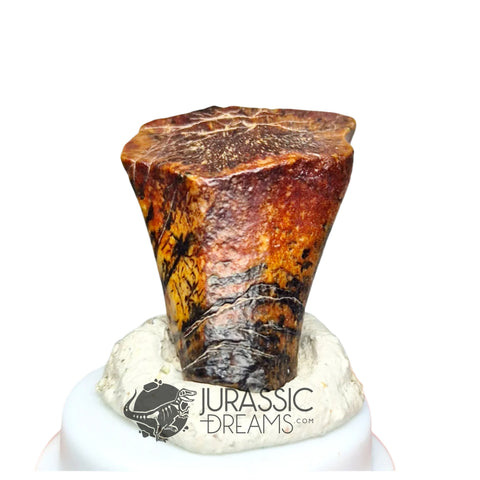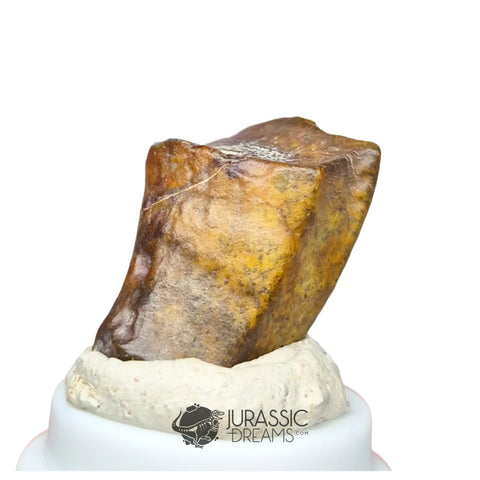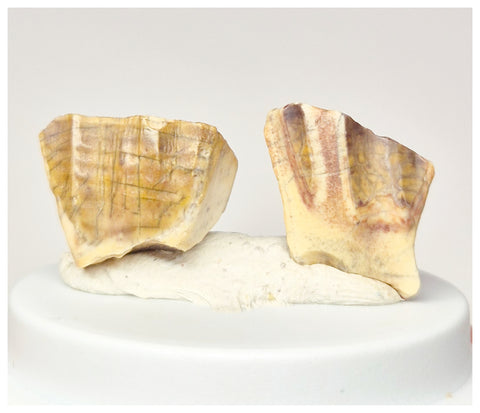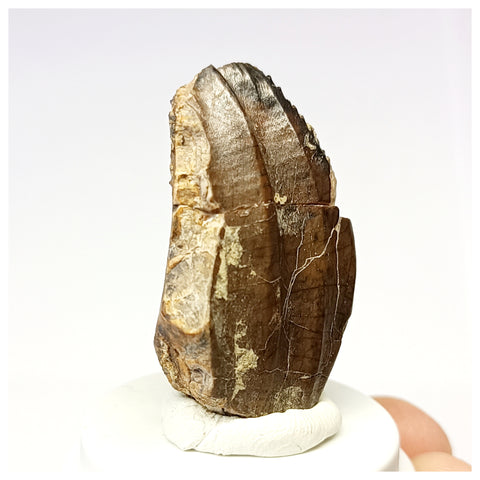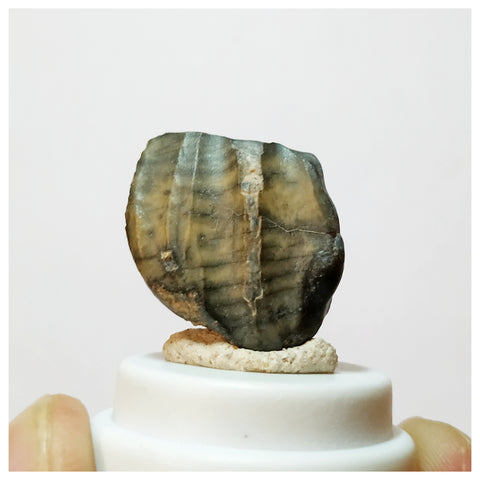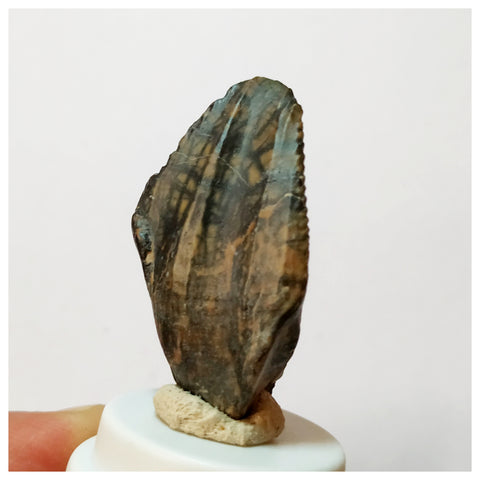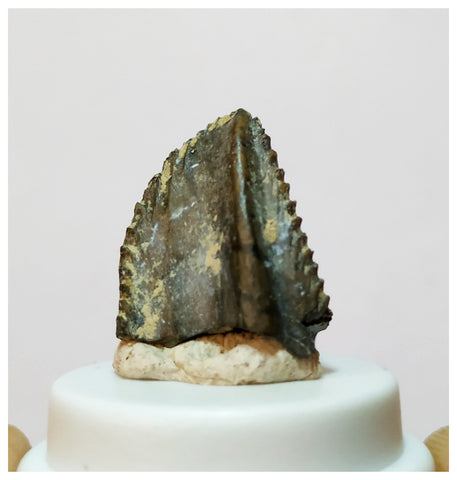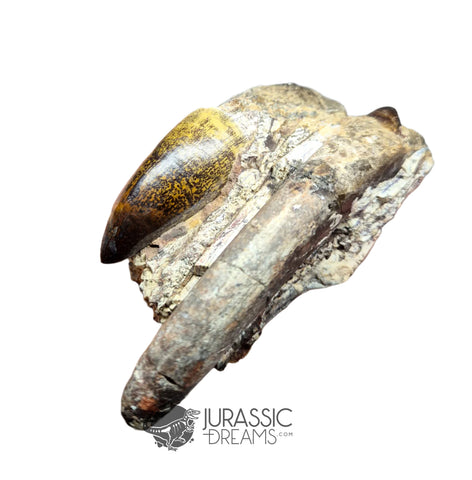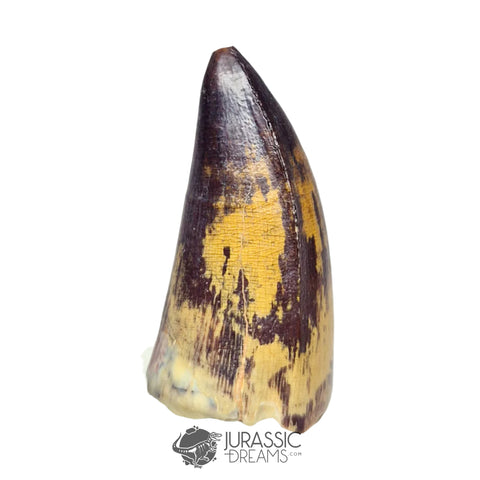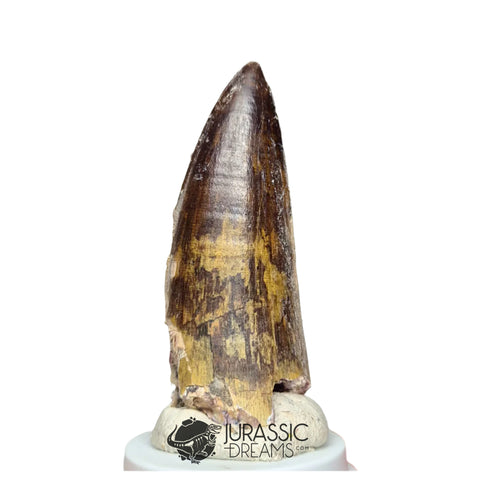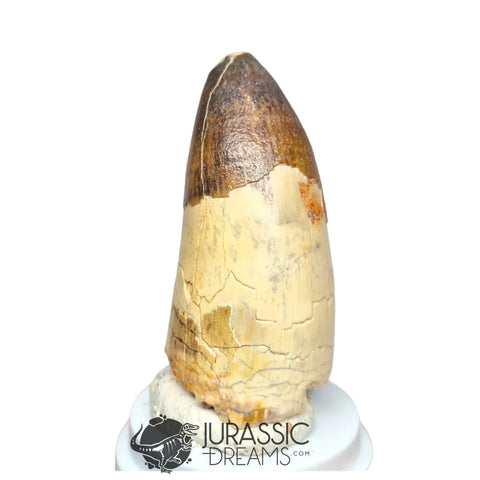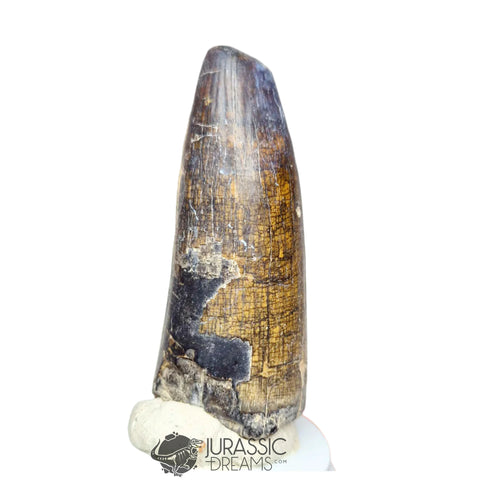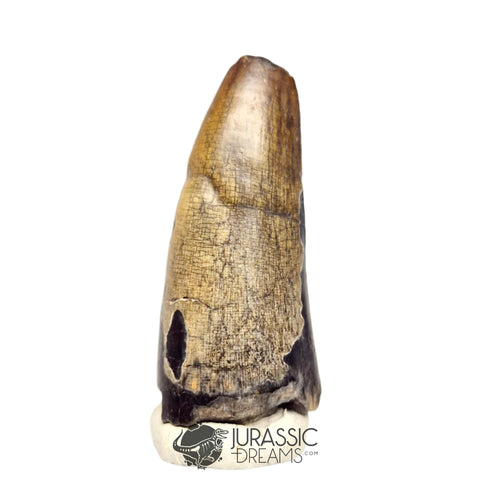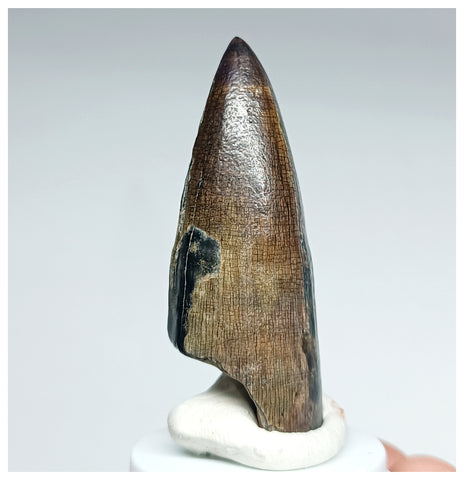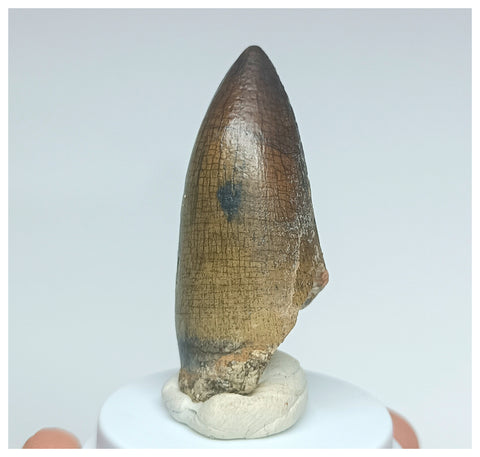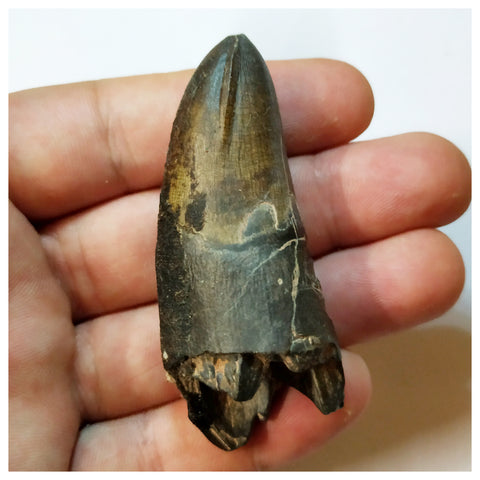100 million years ago a great storm buried a large set of nests with eggs of pterosaurs, flying reptiles that lived next to the dinosaurs. Some adults also perished with the eggs, perhaps in a last effort to save their offspring about to be born. Their parents did not achieve their mission and their fossils have been discovered in China, in a site that sheds light on the reproduction of these animals.
We already knew that the pterosaurs laid eggs, because their fossils, although scarce, proved it. Some fossilised embryos had even been discovered in Argentina and China, previously. What the scientists did not know is that these pterosaurs, called Hamipterus tianshamensis, formed communal nests, as some seabirds do.

Fossils of adult Hamipterus next to fossilised eggs
Paleontologists had theorised with such a possibility but there was no conclusive evidence in this regard as that which is now provided by the Turpan -Hami Basin, in northwest China. More than 200 eggs have been counted, but the experts who study the deposit do not rule out that the number reaches up to 300 eggs.
In addition, the embryos inside of many of the eggs were fully developed and many of the parts of their skeleton have been fossilised, providing very relevant information about their anatomy in their first days of life.
We know, for example, that the Hamipterus hatchlings were born without teeth, with their legs and wings developed to move on land, but with the chest muscles still poorly developed so they could not fly. Without teeth and without the possibility of taking off, the pterosaurs depended on the care of their parents during this early stage after hatching.

Two eggs from the same site
- A) Shows the external appearance, composed of a shell similar to the eggs of crocodiles and turtles.
- B) Shows the bones of an embryo inside the egg.
The tragedy is once again allied with paleontology and thanks to it, we can discover the secrets of those animals that disappeared millions of years ago, and that this time they died trying to protect their greatest legacy, the fruit of their life, their offspring.
Germán Z. López
This post can also be read in Spanish at our partner blog Made in Pangea.



